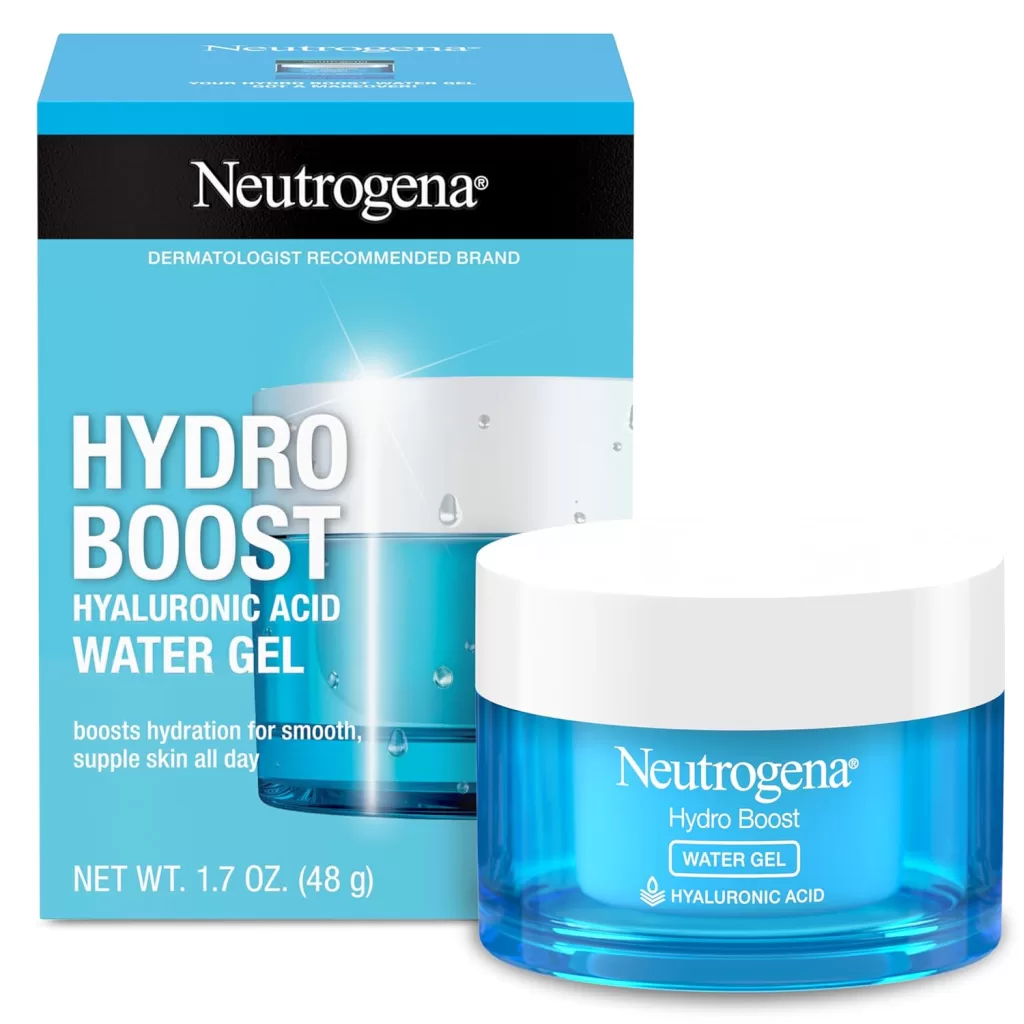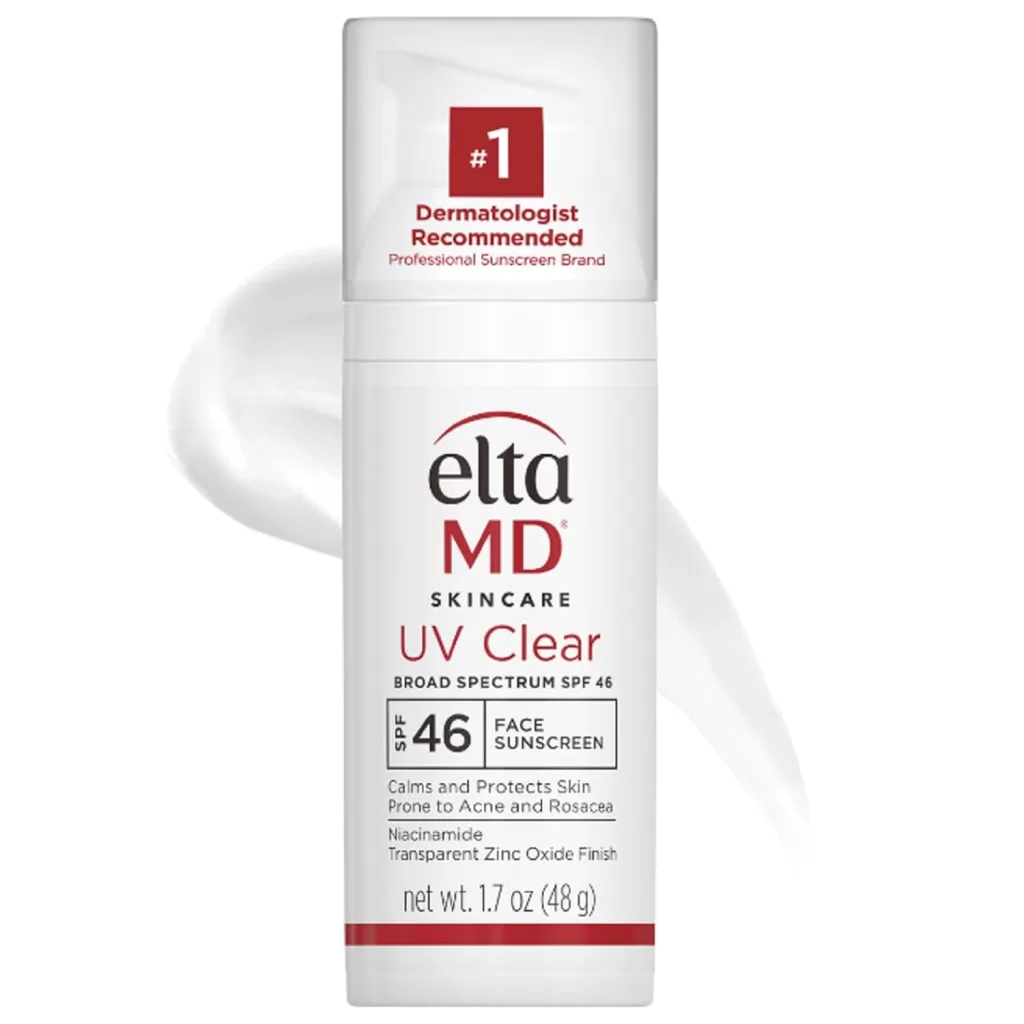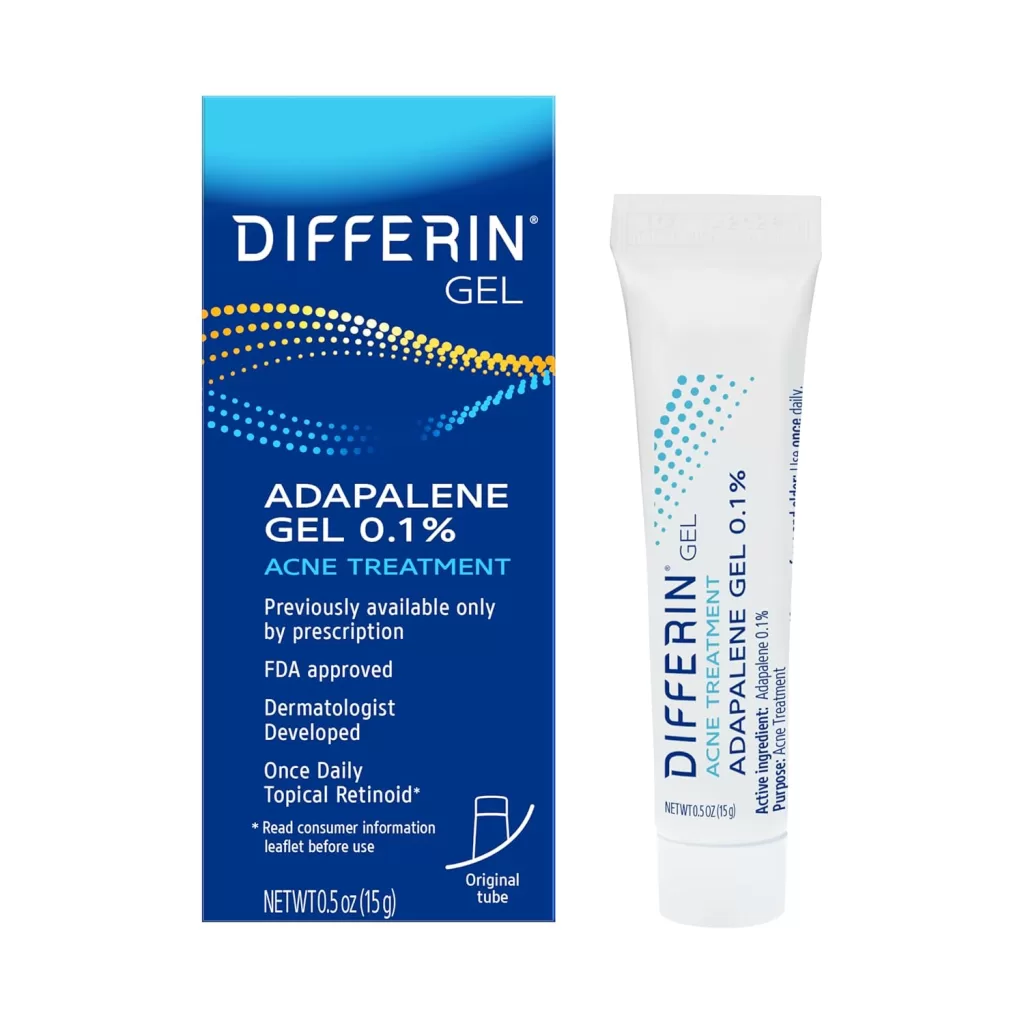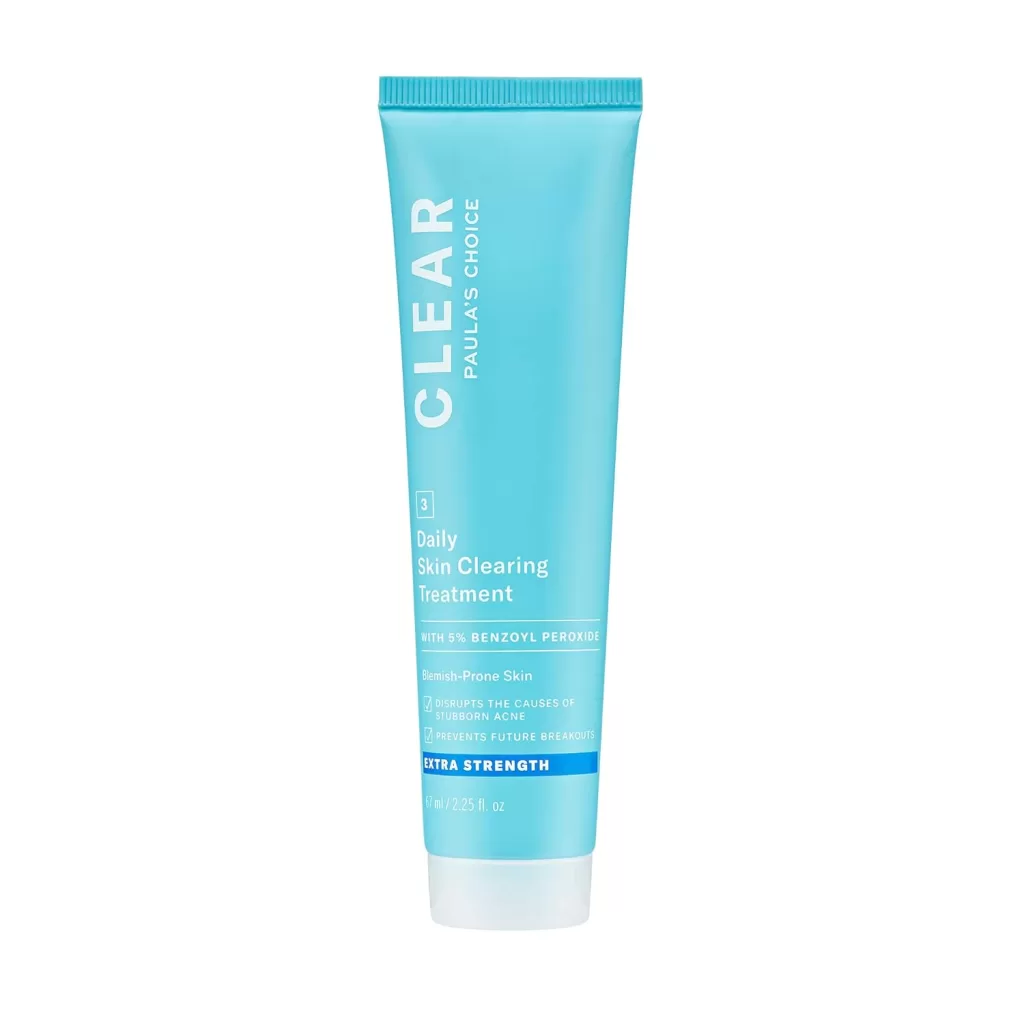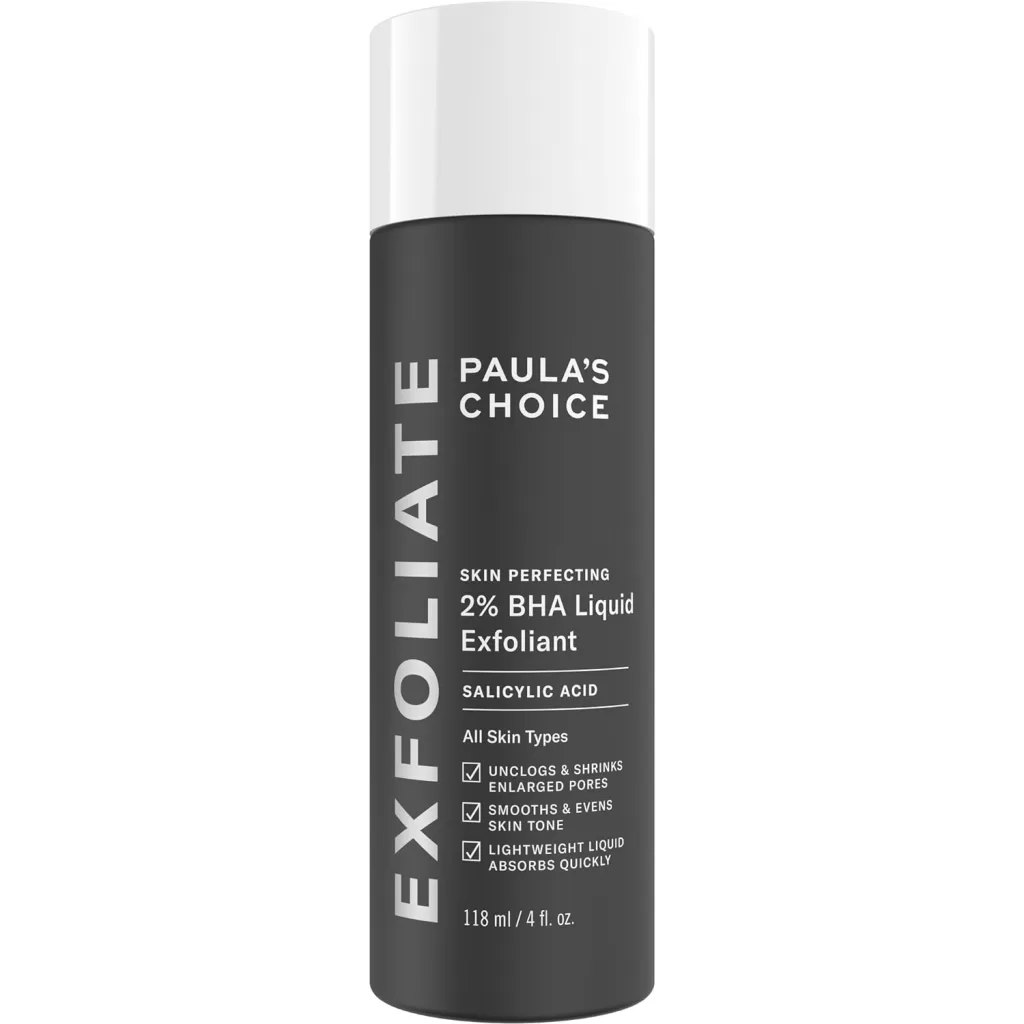Adapalene for Acne: Trust the Process or Try Something New?
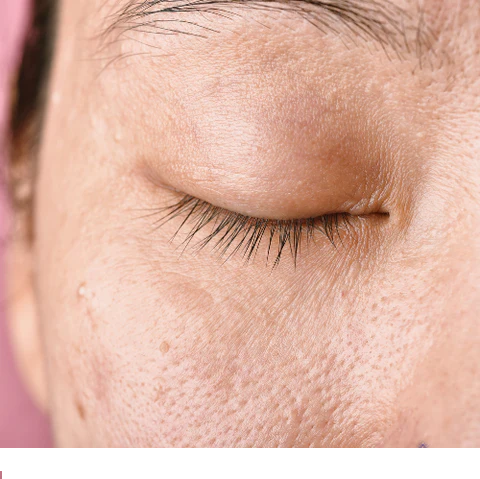
Many people turn to retinoids like adapalene (a form of retinoid) to clear up acne. But what happens when, after five weeks of consistent use, your acne seems to be getting worse instead of better? This scenario leaves many wondering: Should I stick with the treatment and trust the process, or is it time to try something new? In this article, we’ll break down how retinoids work, what you should expect during the initial phases of use, and when it might be time to consider other options.
How Adapalene for Acne Works
Adapalene is a retinoid that helps speed up cell turnover, which is essential for reducing acne. By increasing skin cell turnover, adapalene helps to prevent clogged pores, a major contributor to breakouts. However, it’s important to understand that retinoids like adapalene are not an overnight solution and can take time to work.
The “Retinoid Purge”: What to Expect
When you first start using a retinoid like adapalene, it’s common to experience what’s known as the “retinoid purge.” During this phase, your acne might actually appear to worsen before it gets better. This occurs because the increased cell turnover brings clogged pores to the surface faster, resulting in more visible breakouts. For many, this stage can last anywhere from 4 to 8 weeks.
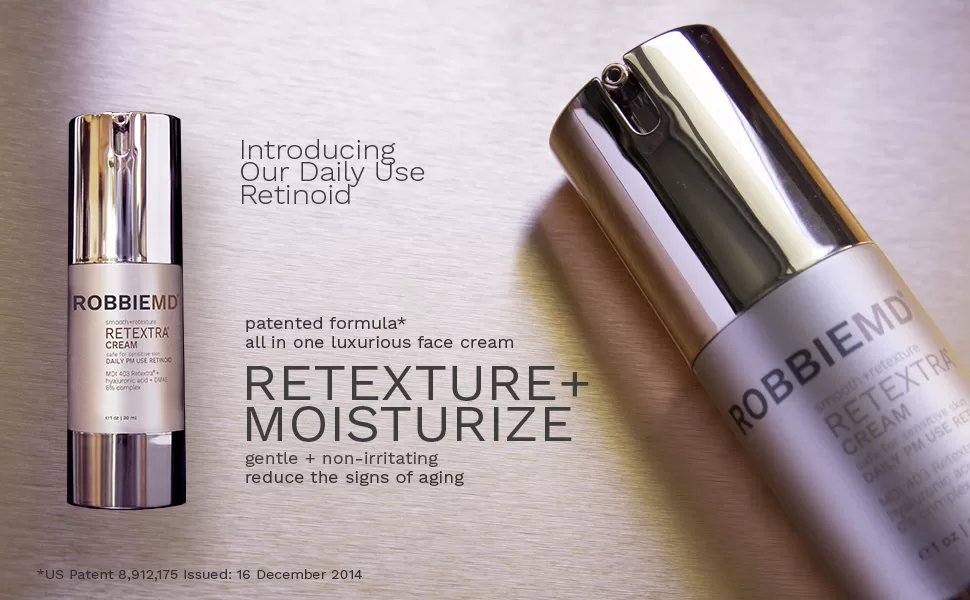
Adapalene Purge: How Long Should It Last?
Typically, the purging phase lasts 4 to 6 weeks. By week 5, you may still be experiencing breakouts, which can be frustrating. However, most dermatologists recommend sticking with the treatment for at least 8 to 12 weeks before deciding if it’s right for your skin. This allows enough time for your skin to adjust to the increased cell turnover and for any initial flare-ups to subside.
When Should You Try Something New?
If your acne continues to worsen after 8 to 12 weeks of using adapalene, or if you’re experiencing severe irritation, it may be time to consult a dermatologist. While retinoids are highly effective for many people, they aren’t a one-size-fits-all solution. Other treatments, such as benzoyl peroxide, salicylic acid, or prescription-strength retinoids, might be more suitable depending on your skin type and acne severity.
How to Know When to Switch?
Several signs may indicate that adapalene isn’t working for your skin:
- Persistent worsening of acne after 12 weeks.
- Excessive dryness, redness, or irritation that doesn’t improve with moisturizers.
- Lack of improvement in overall skin texture.
If any of these apply to you, a dermatologist can help create a personalized treatment plan.
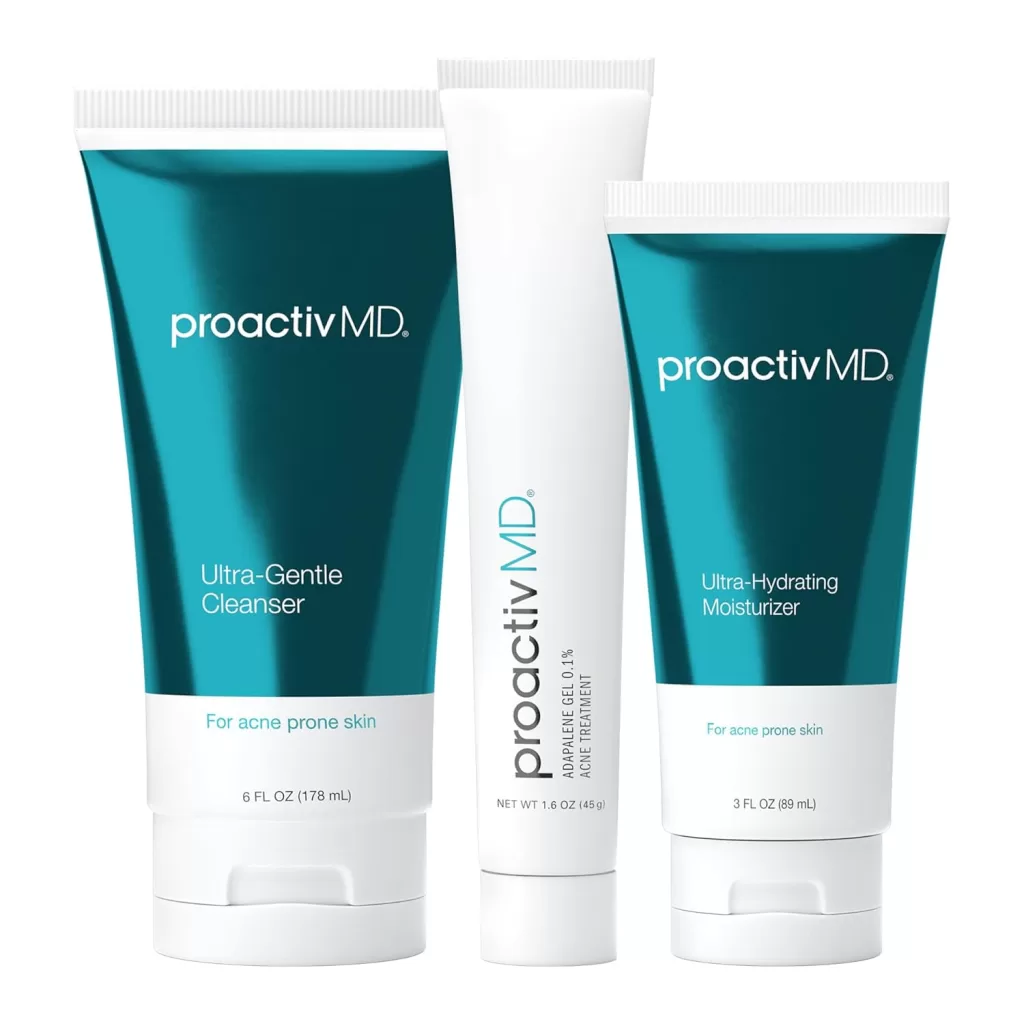
ProactivMD Adapalene Gel Acne Kit – with Adapalene Gel Acne Treatment, Green Tea Face Cleanser, and Moisturizer with Hyaluronic Acid- 90 Day Kit
Tips for Making Adapalene for Acne More Effective
Before giving up on adapalene, there are a few tips that might help you get better results:
- Moisturize Frequently: Using a gentle, non-comedogenic moisturizer can help minimize dryness and irritation, making it easier to stick with the treatment.
- Apply Sunscreen Daily: Retinoids can make your skin more sensitive to the sun, so always apply a broad-spectrum sunscreen in the morning.
- Be Consistent: The key to retinoid success is consistency. Applying adapalene every day (or as directed) helps ensure you see the best results.
Alternative Acne Treatments if Adapalene Doesn’t Work
If adapalene doesn’t seem to work after a fair trial period, other acne treatments are available:
- Benzoyl Peroxide: This topical treatment kills acne-causing bacteria and reduces inflammation.
- Salicylic Acid: A beta hydroxy acid that helps unclog pores and reduce acne formation.
- Antibiotics: Oral or topical antibiotics may be prescribed to reduce inflammation and bacterial overgrowth.
- Isotretinoin (Accutane): For severe cases, isotretinoin is a powerful treatment that can lead to long-term acne remission.
Consulting with a Dermatologist
It’s essential to work with a dermatologist if you’re unsure whether to continue with adapalene or try another treatment. Dermatologists can assess your skin, monitor your progress, and prescribe alternative treatments if necessary.
Final Thoughts
Acne treatment can be a frustrating journey, especially when it feels like your skin is getting worse before it gets better. While adapalene is a highly effective treatment for many, it’s essential to understand the initial “purge” phase and trust the process for at least 8 to 12 weeks. If your acne is still worsening after this period, or if you’re dealing with severe side effects, it may be time to explore alternative options with the help of a dermatologist. Staying patient and consistent with your skincare routine is key to achieving clearer, healthier skin.
Related Content
To further help with skin issues, you may want to check out these related articles:
Other Resources
For more expert advice, visit:
- American Academy of Dermatology: Skincare for Sensitive Skin
- National Eczema Association: Moisturizers for Dry and Sensitive Skin
Share This Article:
If you found this article helpful, don’t forget to share it with your friends and followers! Use the buttons below to easily spread the word on your favorite social media platforms. Sharing is caring!
Explore more articles like this @ Where And How Resources

